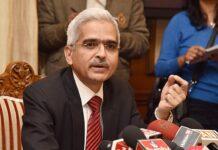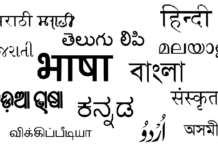NITI Aayog discussion paper ‘Multidimensional Poverty in India since 2005-06’ claims steep decline in projected poverty headcount ratio from 29.17% in 2013-14 to 11.28% in 2022-23. Uttar Pradesh (59.4 million), Bihar (37.7 million), Madhya Pradesh (23 million) and Rajasthan (18.7 million) recorded largest decline in the number of MPI poor during the period. The initiatives of the government to address multiple aspects of poverty have been attributed to this achievement. As a result, India is likely to achieve its SDG target of halving multidimensional poverty well before 2030.
The Multidimensional Poverty Index (MPI) is a globally recognized comprehensive measure that captures poverty in multiple dimensions beyond monetary aspects. MPI’s global methodology is based on robust Alkire and Foster (AF) method that identifies people as poor based on universally acknowledged metric designed to assess acute poverty, providing a complementary perspective to conventional monetary poverty measures. 12 indicators which included three on health, two on education and seven on standard of living, show significant signs of improvement during the entire study period.





















